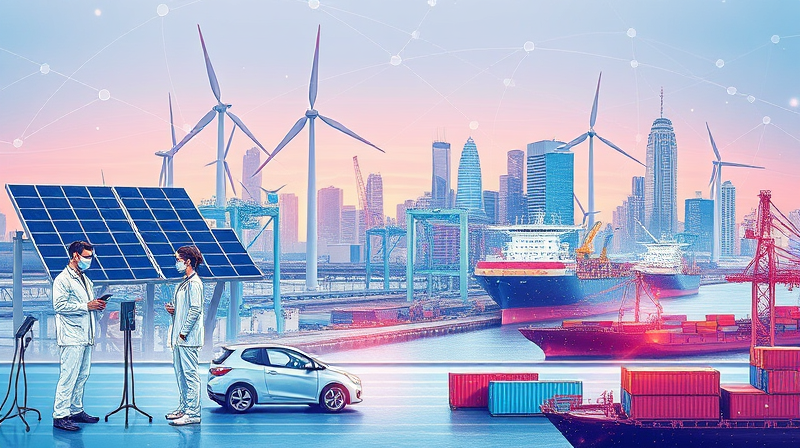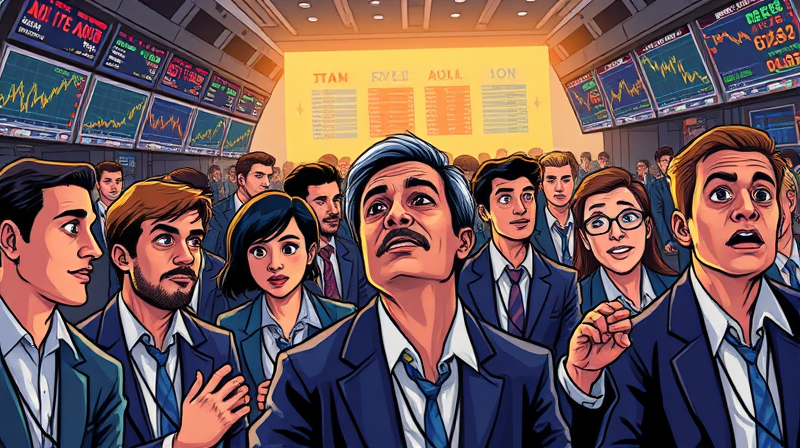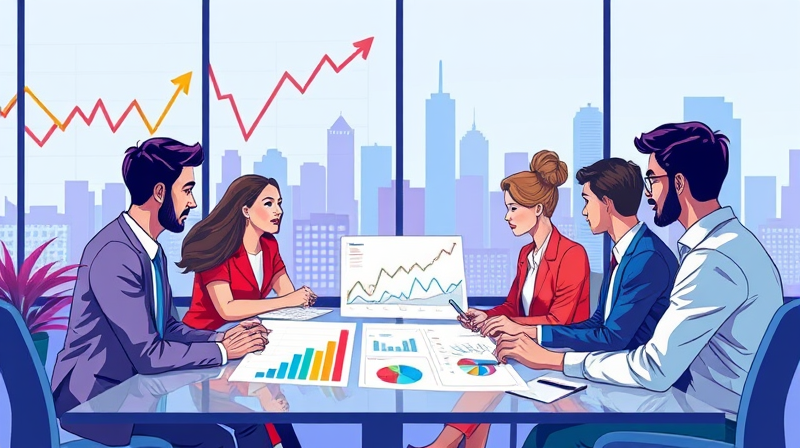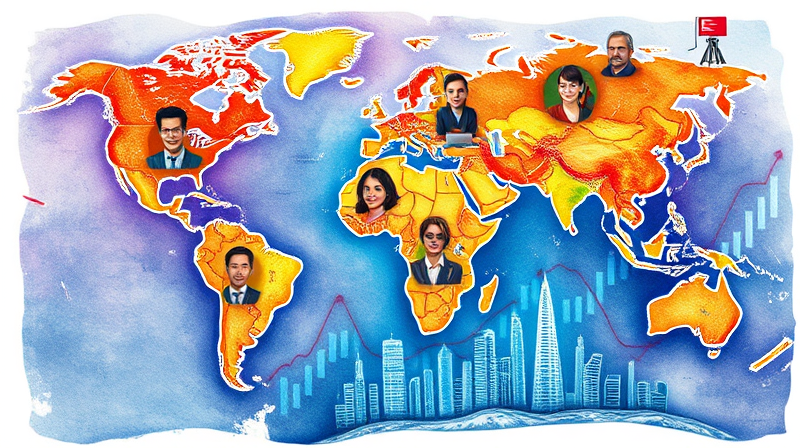
As we navigate the mid-2025 landscape, economies around the world face a complex web of challenges and opportunities. From sluggish growth forecasts to evolving trade architectures and mounting debt burdens, stakeholders must decipher emerging signals and adapt with agility. This article unpacks the pivotal trends shaping world markets and offers actionable insights for policymakers, business leaders, and investors seeking to thrive in a period defined by uncertainty and transformation.
After the historic rebound from the pandemic downturn, 2025 is projected to mark the slowest expansion since the Covid pandemic era. Institutions such as Morgan Stanley, the World Bank, the OECD and UNCTAD converge around forecasts ranging between 2.3% and 2.9%, a stark contrast to pre-pandemic averages above 3%. This deceleration, if realized, would represent the weakest first seven years of any decade since the 1960s.
Regional trajectories further underscore diverging fortunes. The United States is expected to see growth ease from 2.8% in 2024 to 1.6% in 2025, while the euro area inches upward from 0.8% to 1.0%. China’s pace moderates from 5.0% to 4.7%, highlighting a broader shift toward more measured expansion.
In this context, businesses must recalibrate strategies, while governments balance stimulus needs against fiscal sustainability. Recognizing these dynamics can inform targeted interventions and drive more resilient outcomes.
Heightened trade tensions, propelled by new U.S. tariffs and countermeasures, have created a structural shock in the world economy. Uncertainty around policy shifts forces firms to rethink supply chains, cost structures and market strategies.
These dynamics manifest in several ways:
In response, companies are diversifying sourcing, investing in on-shoring where feasible, and exploring regional partnership frameworks to mitigate exposure.
Overall inflation is set to ease, with headline rates forecasted at 2.1% in 2025 and 2.0% in 2026, though the U.S. may experience stickier price pressures. Central banks face a delicate balancing act between supporting growth and preserving price stability.
Key considerations include:
• Some policymakers signal readiness to trim borrowing costs as inflation abates, while others emphasize vigilance against premature easing. The U.S. Federal Reserve, in particular, is expected to hold rates steady until 2026, preserving a cautious stance amid mixed economic signals.
Meanwhile, fiscal authorities are deploying targeted support to offset headwinds. Public spending in advanced economies is set to climb, driven by infrastructure projects, social safety nets and green investments. Yet rising interest costs are inflating deficits, with Germany potentially recording its highest post-unification shortfall.
Global debt levels have reached all-time highs, a legacy of pandemic-era stimulus and prolonged low rates. This accumulation poses risks for sovereigns and corporations alike, limiting policy flexibility and heightening vulnerability to market swings.
Amid these pressures, firms are exhibiting delayed investments and hiring decisions, wary of sudden rate movements and erratic demand patterns. Financial volatility persists, denting confidence and squeezing profit margins.
To navigate this environment, businesses must strengthen liquidity buffers, reassess capital structures, and prioritize projects with robust risk-reward profiles.
While Asia maintains relative momentum, many developing regions are flirting with stagnation. Growth in the developing world has fallen from near 6% in the 2000s to below 4% this decade. Outside major Asian economies, there is a mounting risk of becoming a development-free zone as external conditions sour.
By forging stronger regional ties and tapping emerging consumer bases, these economies can build resilience and chart independent growth trajectories.
Institutions such as the WTO, UNCTAD and the WTO stress the importance of greater international policy coordination to address shared challenges. Cooperation on trade rules, climate action and digital regulation can unlock synergies and minimize friction.
Policymakers should also focus on inclusiveness, ensuring that trade liberalization and fiscal measures uplift marginalized communities and reduce inequality.
By embracing these strategies, governments can foster stronger, more equitable growth and prepare for future shocks.
In an era defined by uncertainty, strategic cooperation and bold reforms hold the key to unlocking new opportunities. The choices made today will shape the trajectory of economies and the livelihoods of millions. As we unpack the complex mosaic of 2025’s global economy, the imperative is clear: by forging partnerships rooted in trust and shared purpose, we can transform headwinds into a collective momentum toward a more inclusive, resilient economic future.
References













